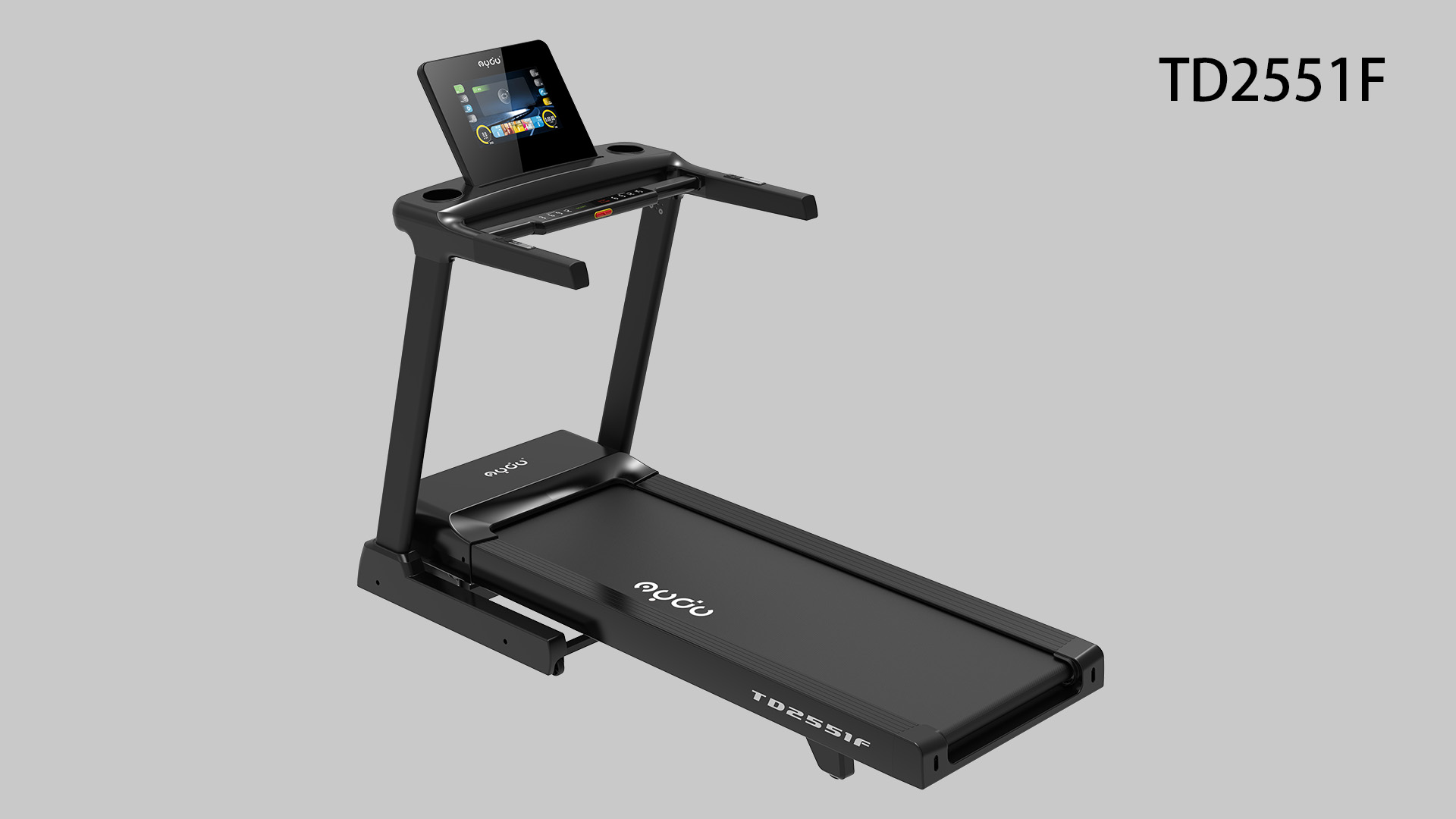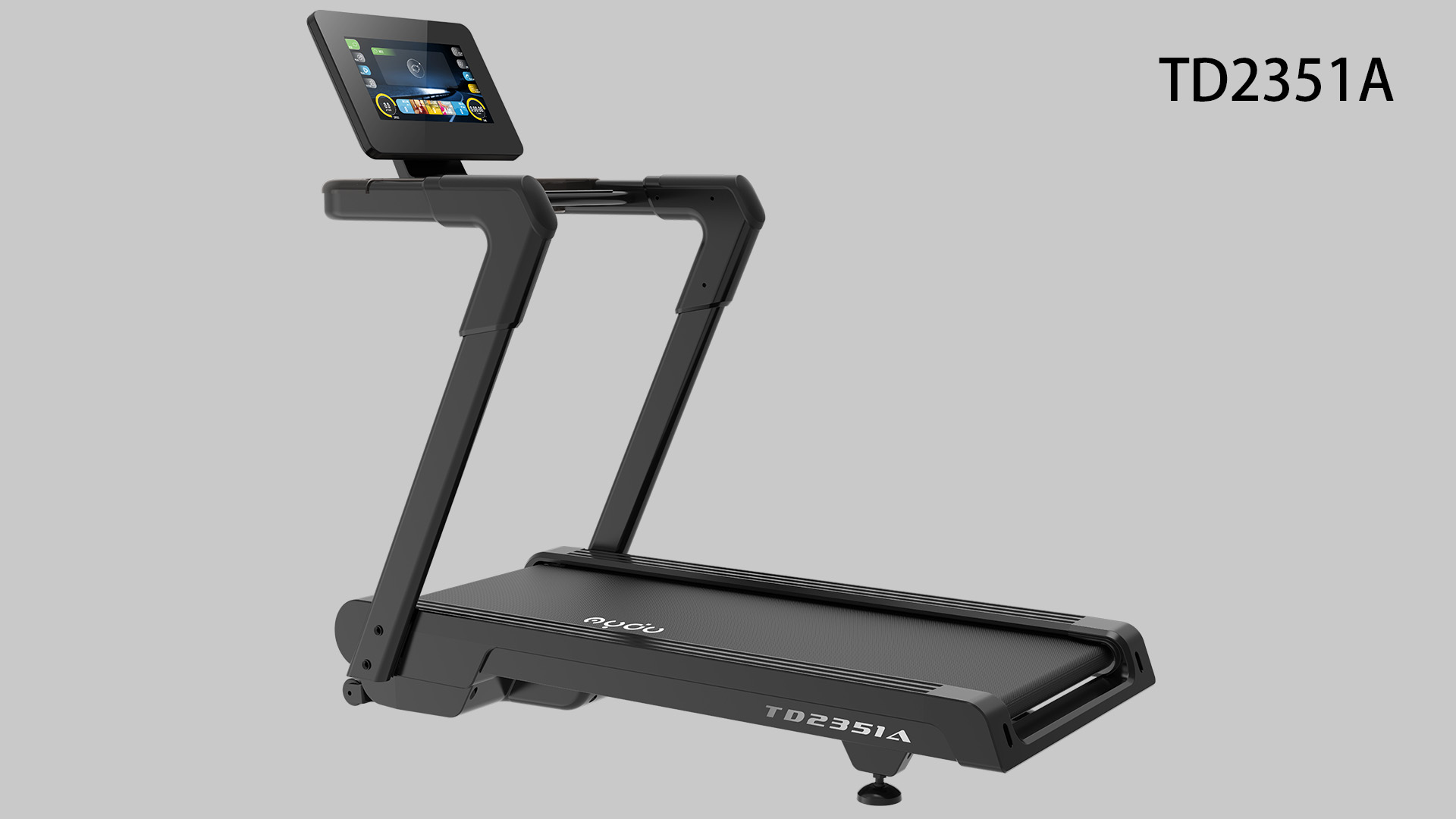How Does the Motor Power of a Home Use Treadmill Affect the User Experience?
The motor power of a home use treadmill significantly influences the user experience in multiple key aspects, as outlined below:
1. Power Output and Speed Performance
Power Determines Speed Capability
The motor’s power directly dictates the maximum speed a home use treadmill can achieve. A higher-power motor provides stronger and more consistent energy, enabling the machine to reach faster speeds. For instance, a 3-5HP motor typically supports speeds between 16-20 km/h, ideal for users who want to incorporate sprints or high-intensity interval training (HIIT) into their routines. In contrast, low-power motors (e.g., below 2HP) often struggle to maintain higher speeds, making them unsuitable for runners or those seeking vigorous workouts.
Speed Stability and Responsiveness
A robust motor ensures stable speed output, even during sudden adjustments or prolonged use. A high-power motor in a home use treadmill quickly responds to speed changes, preventing fluctuations that could disrupt your rhythm or cause discomfort. This stability is crucial for workouts like interval training, where precise speed control enhances training efficiency and reduces the risk of accidents from unexpected belt shifts.
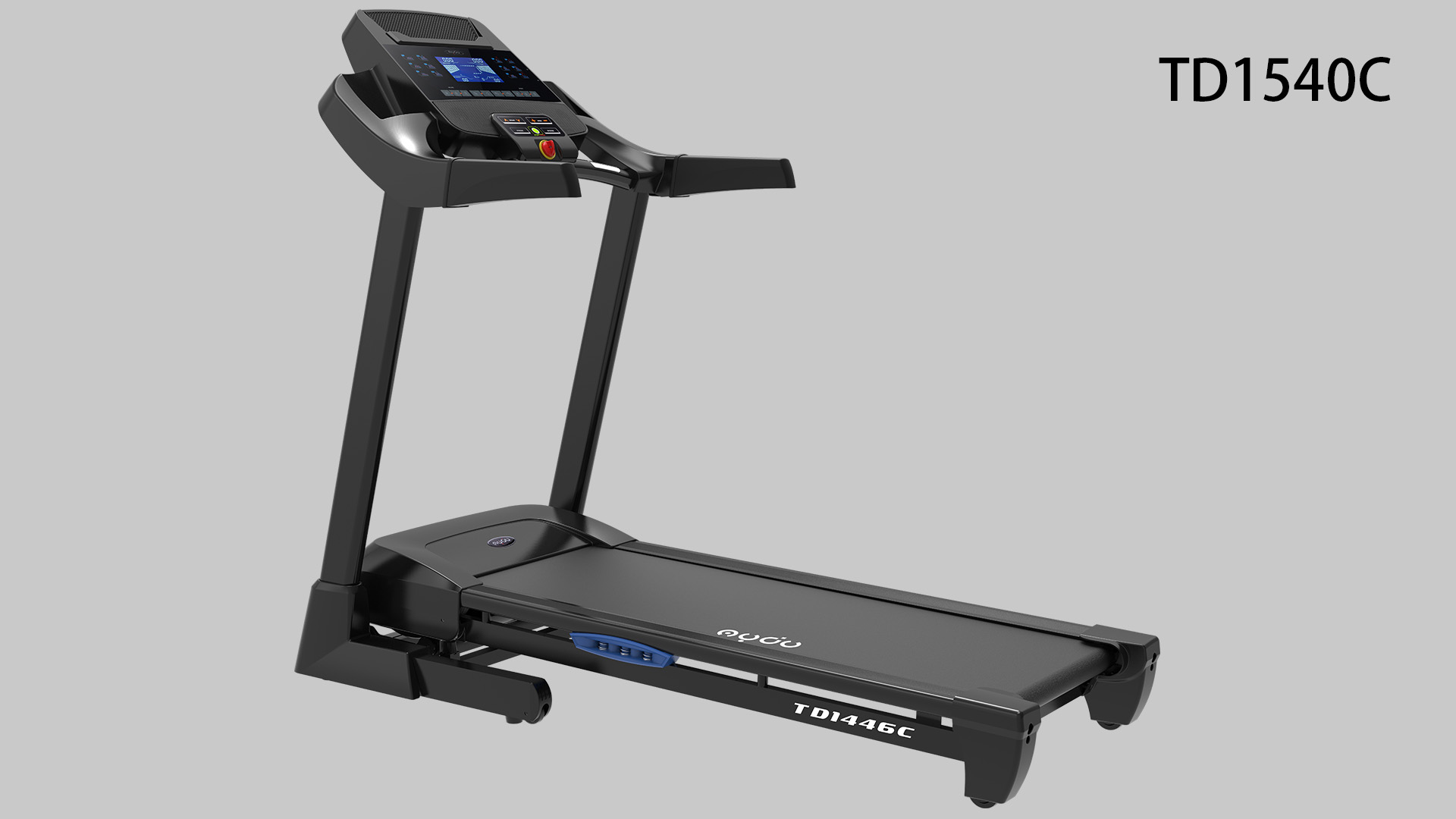
treadmill
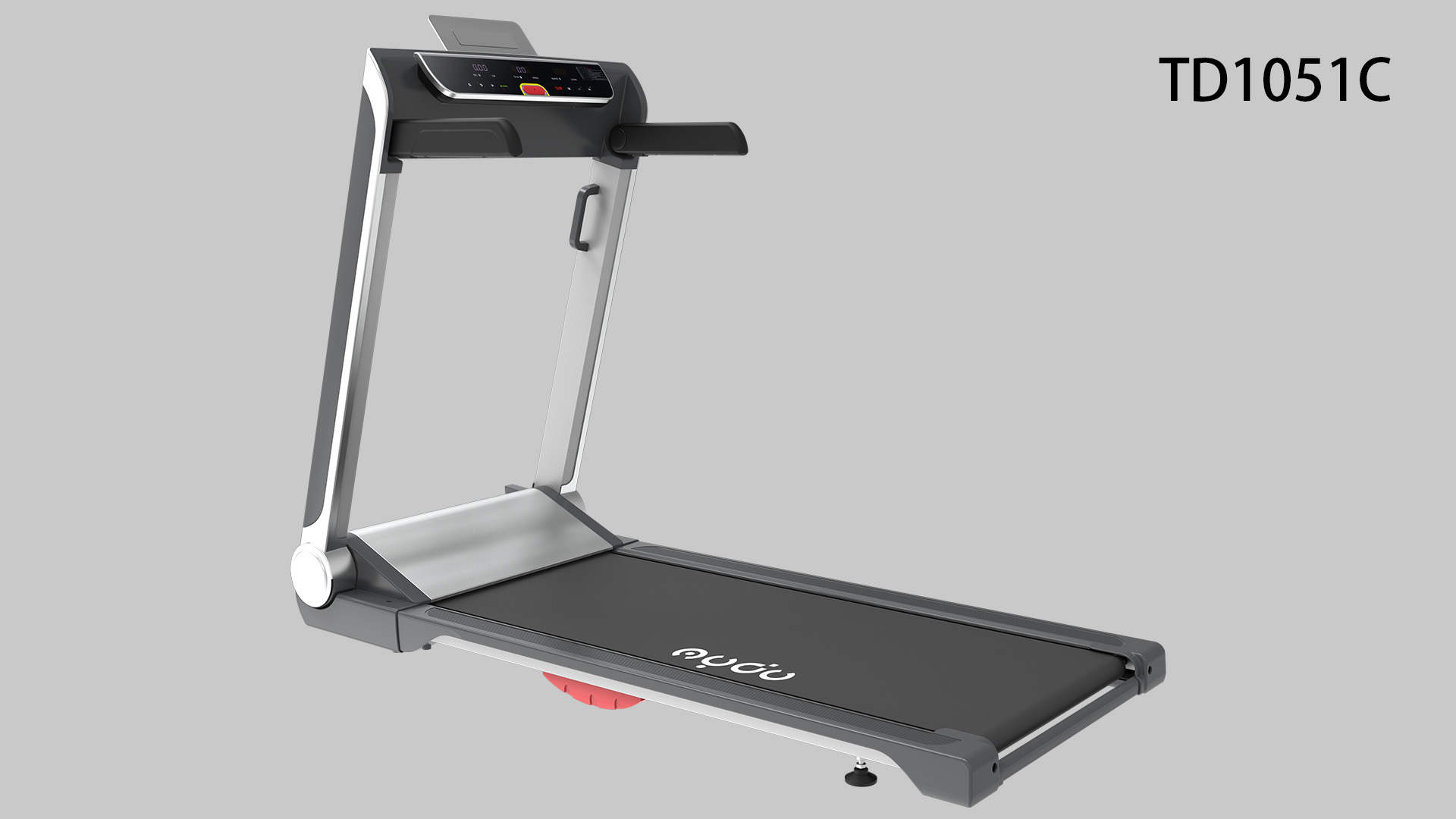
treadmill
treadmill
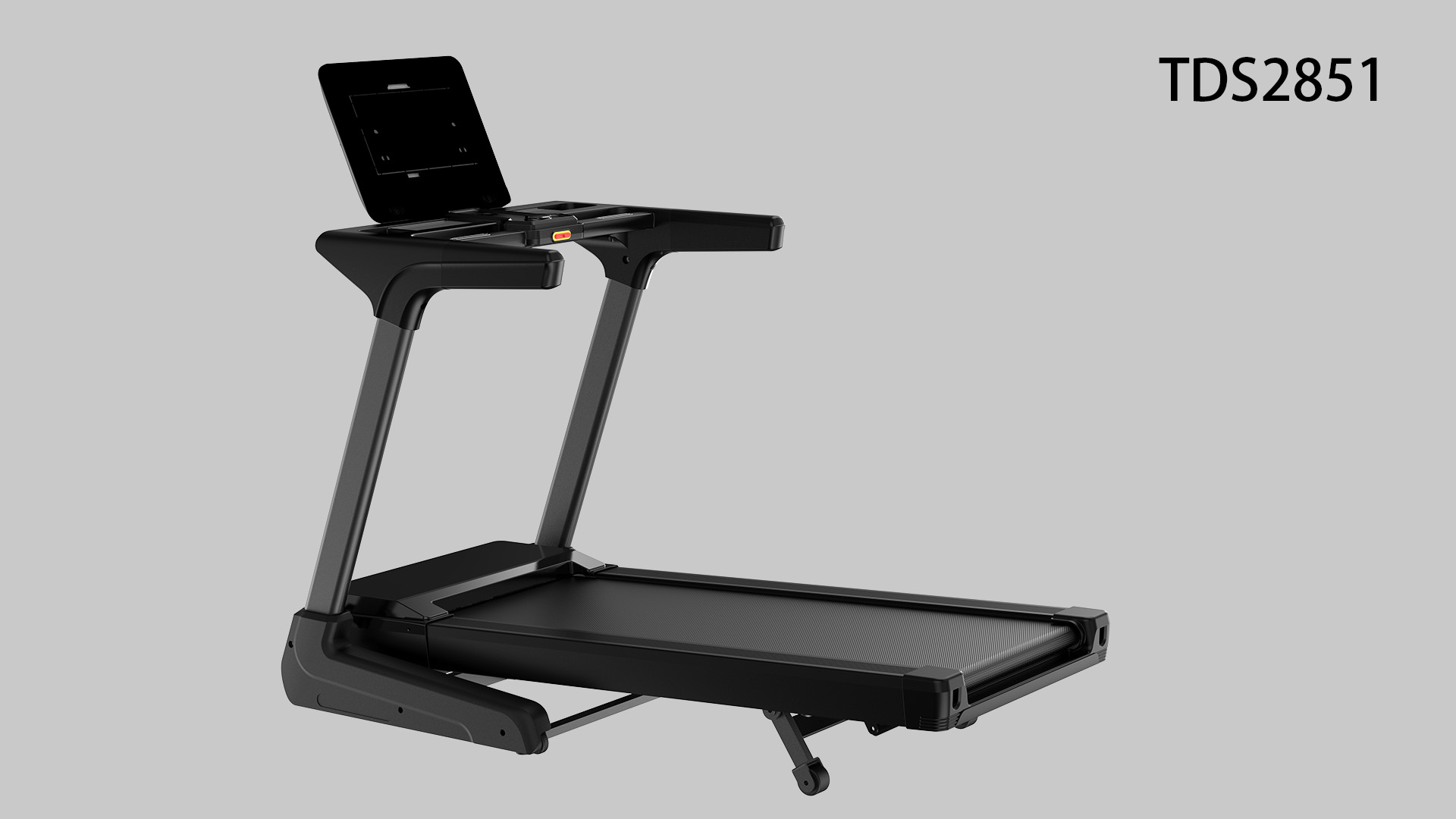
treadmill
2. Load-Bearing Capacity and User Suitability
Supporting Different Body Weights
The motor’s power directly correlates with the home use treadmill’s weight capacity. Higher-power models (3HP and above) can safely support users up to 130-150 kg, accommodating most adults—including those with larger body types or those who prefer intensive workouts. Lower-power motors, however, may overheat or stall under heavier loads, leading to reduced performance and potential damage. This makes them better suited for lighter users or low-impact walking rather than running or incline training.
Catering to Diverse User Needs
A home use treadmill with moderate to high power (2-5HP) suits most family members, from casual walkers to serious runners. It balances versatility with reliability, allowing different users to switch between walking, jogging, and running without straining the motor. In contrast, low-power options are limited to basic functions, making them less practical for households with varied fitness goals. Professional athletes or frequent high-intensity users may require 5HP+ motors to handle prolonged, demanding workouts without performance degradation.
3. Durability and Long-Term Reliability
Sustained Performance Over Time
High-power motors in a home use treadmill are built with better heat dissipation systems and durable components, ensuring consistent operation during long workouts. They resist overheating even after hours of use, extending the treadmill’s lifespan and reducing maintenance needs. Low-power motors, however, are more prone to overheating under continuous load, which can damage internal parts and shorten the machine’s life. This is especially important for households where the home use treadmill is used daily or by multiple family members.
Withstanding Frequent Use
Frequent starts, stops, and speed changes put stress on the motor. A high-power unit handles these demands more effectively, minimizing wear and tear. This durability is essential for busy households, where the home use treadmill might be used several times a day. In contrast, low-power motors may show signs of fatigue faster, leading to inconsistent performance or costly repairs.
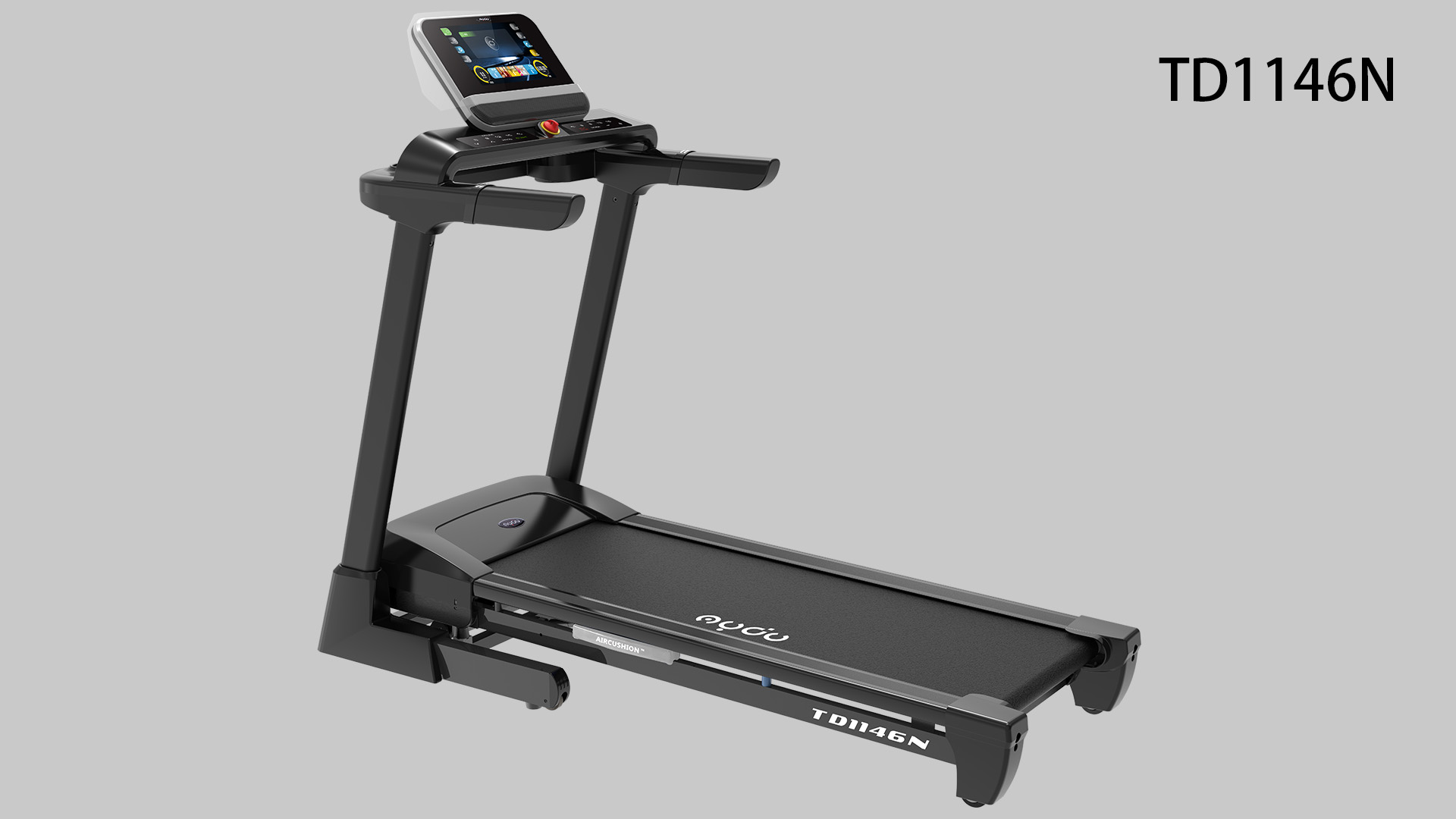
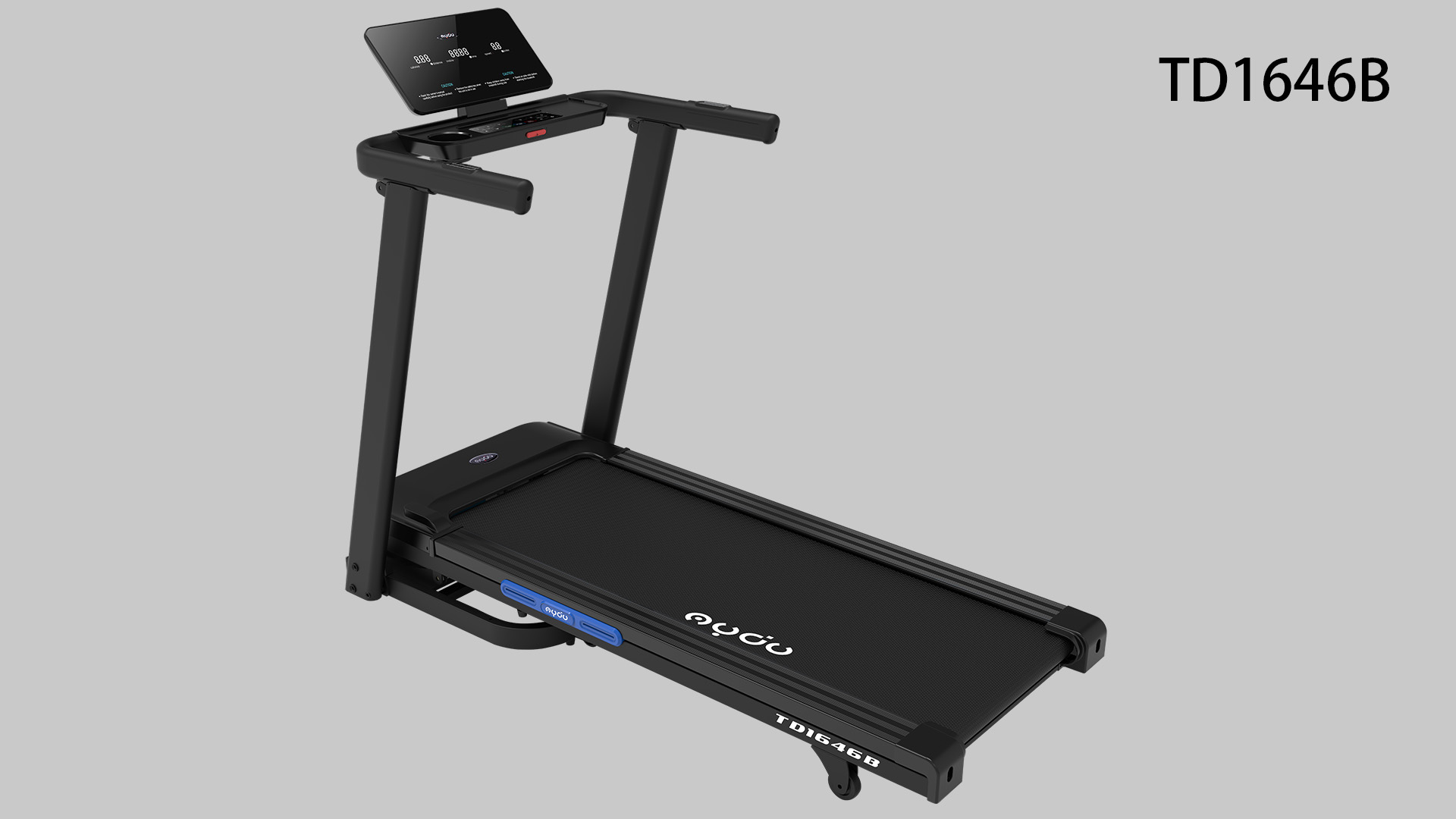

4. Noise and Vibration Management
Power vs. Noise Balance
While higher-power motors in a home use treadmill can generate more noise if poorly designed, modern models often use advanced technologies (e.g., brushless DC motors) to minimize sound output. These motors combine strong performance with quiet operation, ensuring your workout doesn’t disturb others in the house. Low-power motors, especially cheaper ones, may produce rattling or humming due to inferior construction, detracting from the user experience and potentially causing noise complaints in shared living spaces.
Reducing Vibration Impact
A stable, high-power motor also helps dampen vibrations, creating a smoother running experience. This is particularly important for home use, where the treadmill might be placed on upper floors or near living areas. Reduced vibration not only enhances comfort but also protects the machine’s components from damage caused by excessive movement.
Conclusion
When selecting a home use treadmill, prioritizing motor power that aligns with your fitness goals and household needs is crucial. Higher power ensures versatility, durability, and a more satisfying workout experience, whether you’re walking, jogging, or training intensively. While low-power options may seem budget-friendly, they often lack the performance and longevity required for regular home use. Invest in a home use treadmill with an appropriate motor rating to enjoy consistent, reliable, and effective workouts for years to come.
